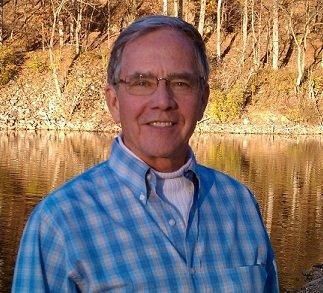Optimistic Futurist: Lack of dental care a painful reality for working poor
Published 12:00 am Sunday, February 23, 2014
A few weeks ago, a courteous 20-something young man knocked on my door and asked whether I had any yard work he could do to earn money. My garden needed to be made ready for spring, so we agreed on the task, and he set to work with lots of energy and care. An hour or so later I found him sitting on the ground holding his jaw with tears in his eyes. He had suddenly developed a toothache. My heart went out to him.
I offered to drive him to his dentist.
“Cannot afford one,” he said.
I told him I would try to contact the local public health clinic. I called and was told in most counties the public health department does not have dental care for adult working poor. The Internet helped me locate leads to some events held in school gymnasiums done by volunteer dentists several times a year (including a recent one in Salisbury). The next event was months away.
I called the local hospital and was told that if there was an infection, they could only do emergency antibiotics — no dental work. I made many other calls searching for emergency dental care for a working poor adult. Nothing.
Surely I was missing something.
I wasn’t. One-fourth of all Americans over 65 have lost all their teeth. Chances are, they are low income. I live in North Carolina, where these numbers are worse than the national average. If you are poor and over 18 and have a toothache, help is often not there. You pull your aching teeth with pliers.
Dental care is a classic example where prevention pays for itself over and over. Each dollar spent putting fluoride in the water supply saves $38 in medical expense. If your beliefs quarrel with that delivery method, dental sealants and fluoride varnish applied directly on the teeth of youngsters reduce teeth decay rates by 60 percent.
This is particularly important to rural citizens because one in three North Carolinians gets their drinking water from wells and therefore do not get the benefits of public fluoridation.
North Carolina ranks in the bottom four of all states for the number of dentists per 1,000 population. From within that small group, my friend would have to find someone willing to treat low income patients. Even if willing, such dentists have to ration the available slots because they cannot meet their own payroll if they accept too many patients with the low Medicaid reimbursement.
The number of people showing up in hospital emergency rooms because of a minor dental problem gone horribly wrong doubled between 2000 and 2010.
I did find two small bright spots.
Public Health leaders realized that early treatment of youngsters’ teeth paid lifelong benefits and cooperated to create the NC Fluoride Varnish Program. It trained physicians (not dentists) who see many children to do some of the simplest yet most impactful parts of preventive dental care. These existing licensed health-care workers can do dental screenings, apply fluoride varnish and educate parents. They treat babies from first tooth until they are 3 1/2 years old, and help the parents sign up with a good dentist.
The results are of national importance. There was a 49 percent reduction in the need for children to see a dentist before age 18 months. Overall, lifelong dental health improved. Most impressively, there was a 21 percent reduction in dental-related hospital episodes for the treated children. What a great hug for the child and taxpayer alike!
I also found The Cabarrus Health Alliance, a public heath department providing non-traditional public health services in a very creative way. They can do this because they creatively use legal structures like a corporation and a not-for profit arm. Using this freedom, they are able to offer a range of dental services not found in a typical public health setting.
After hours of looking, my suffering friend went there. If he lived in many other places in North Carolina, he could not have been helped.
Later, I spent the next several days raging at how “the greatest nation on earth” would allow its citizens to suffer like this. I believe we need citizen leaders to put these already invented and successful programs in place in their own neighborhoods and towns. Will you help?
Francis Koster lives in Kannapolis. To see the sources of facts used in this article, and learn of other successful money and life saving programs that can be implemented locally to create a better future for our country, go to www.TheOptimisticFuturist.org.


